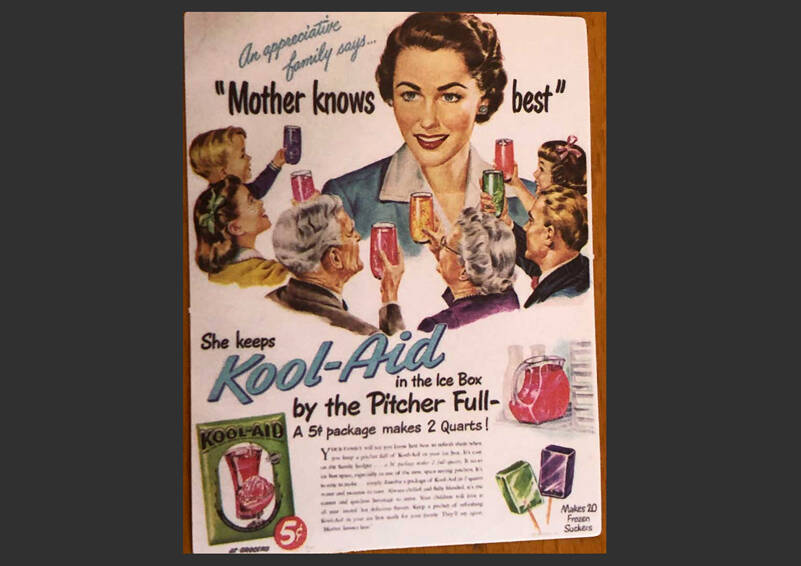By Morf Morford, Tacoma Daily Index
When Amazon went public, it proclaimed itself as “The everything store”. The assumption, largely achieved, was that on the Amazon website (and via streaming or the ubiquitous Amazon trucks) virtually any item imaginable (and many a few clicks beyond the imaginable) could be within anyone’s hands within a day or two. Even the same day, if you really needed it.
Alibaba was the Chinese answer to Amazon. As Amazon has consolidated, buying Whole Foods, Zappos and, most recently AMC theaters, (among others), Alibaba is going the other direction.
While Amazon seems to be reaching for the literal definition of monopoly, Alibaba recently announced its intention to splinter its massive privately-owned empire into six discrete independent entities, with each one potentially seeking separate public listings. It’s a stunning reversal from a long term, Amazon-like strategy to create an all-in-one mega corporation.
But each one reveals a central dynamic about our current economy; it is easily moving at record speed in two (or more) directions at once.
You can see this same principle at brick and mortar stores as well.
With the widespread use of online shopping, big box stores and even, in many neighborhoods, little speciality shops, you’d think that anything could be found. And knowledgable staff would be on hand for any questions.
I went on a shopping related set of errands with my wife recently. One store had about a five to one ratio of staff to customers. Others were short-staffed. A few stores were new, fully stocked with few (very few) customers. Others were busy. This was on a weekday afternoon.
Besides lacking customers, some stores, from department type stores to grocery stores, had empty shelves. Often it was the most unlikely items that could not be found. A month or so ago, it was eggs. The other day it was cat food.
Tomorrow, who knows what. And some products seem to be gone forever.
But that seems to be the theme of the economy lately; some everyday products are unavailable, some cost vastly more than they did a month or so ago, and many are available, but not through the usual sources.
Editor’s note: My wife and I like to have curry for dinner. Curry is not complete without chutney. The best chutney we have found is/was Trader Joe’s Mango Ginger Chutney. For whatever reason, even though it was immensely popular, it has been discontinued.
We are not alone in wondering why such a popular and irreplaceable product would be discontinued. You can see a discussion thread on it here – www.traderjoesreviews.com/product/trader-joes-mango-ginger-chutney-reviews/.
For Tupperware, the party is over
One of the benchmarks of the suburban mid-century-modern American life, Tupperware products (and sales gatherings) is, to no one’s surprise, hitting a rough stretch. In an era of online sales, in-home sales gatherings do not have the appeal they once did.
If there was ever a marketing approach specifically, and presumably almost eternally associated with a single company and product line, it would be Tupperware.
But, as the saying goes, that was then…
Tupperware stock has fallen by about 94% over the past 12 months. In a desperate move to survive, the company, in 2022 (!), made their products available in Target stores. Tupperware products in standard retail stores? For better or worse, it is the end of an era.






